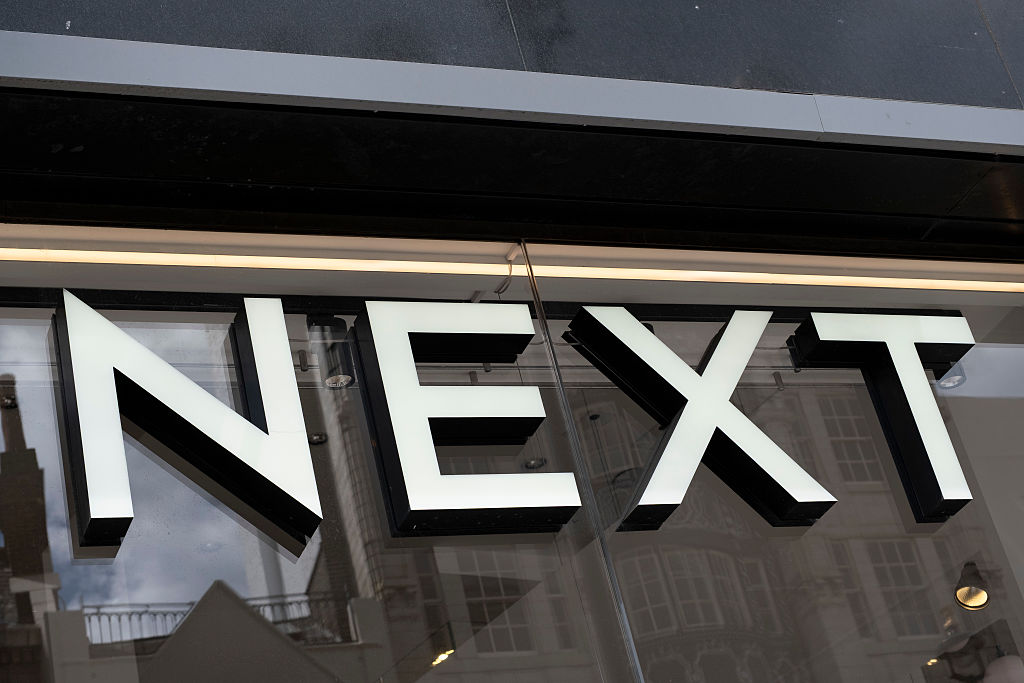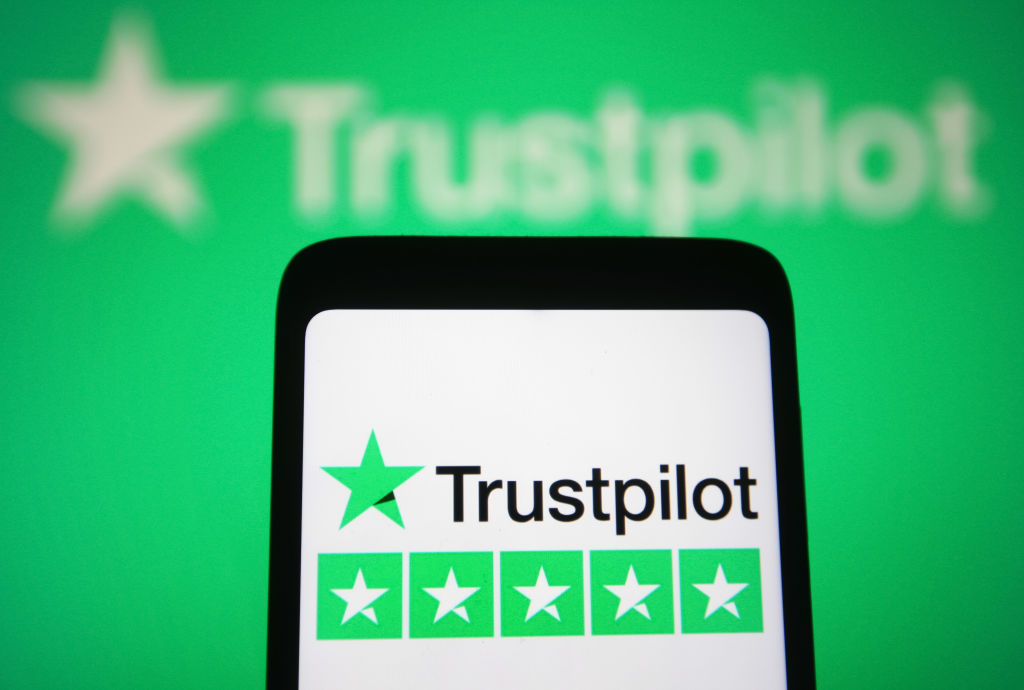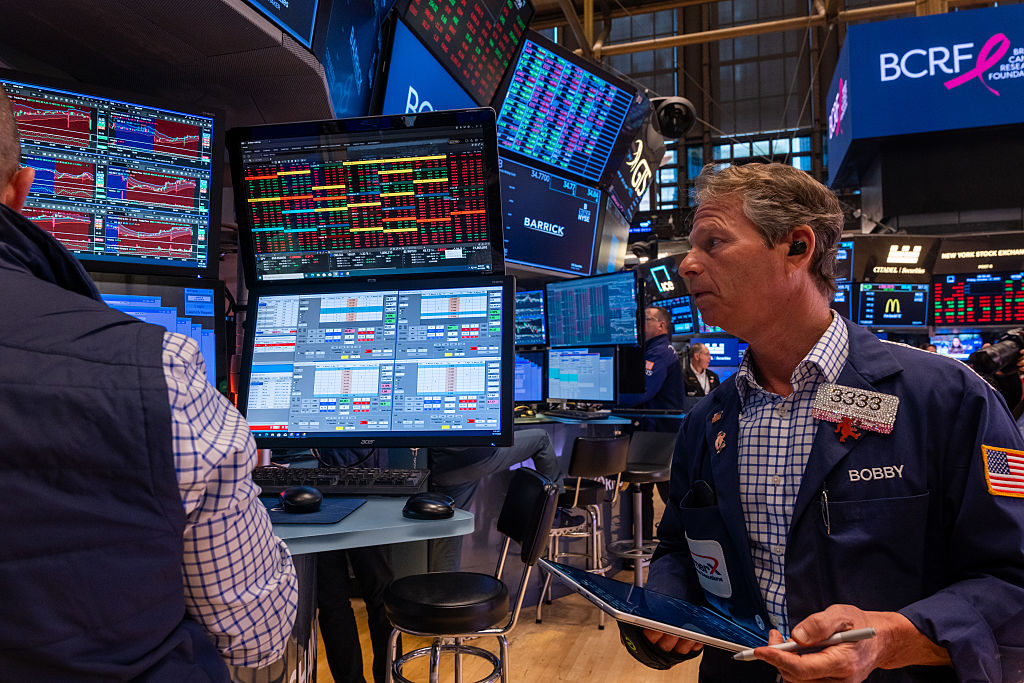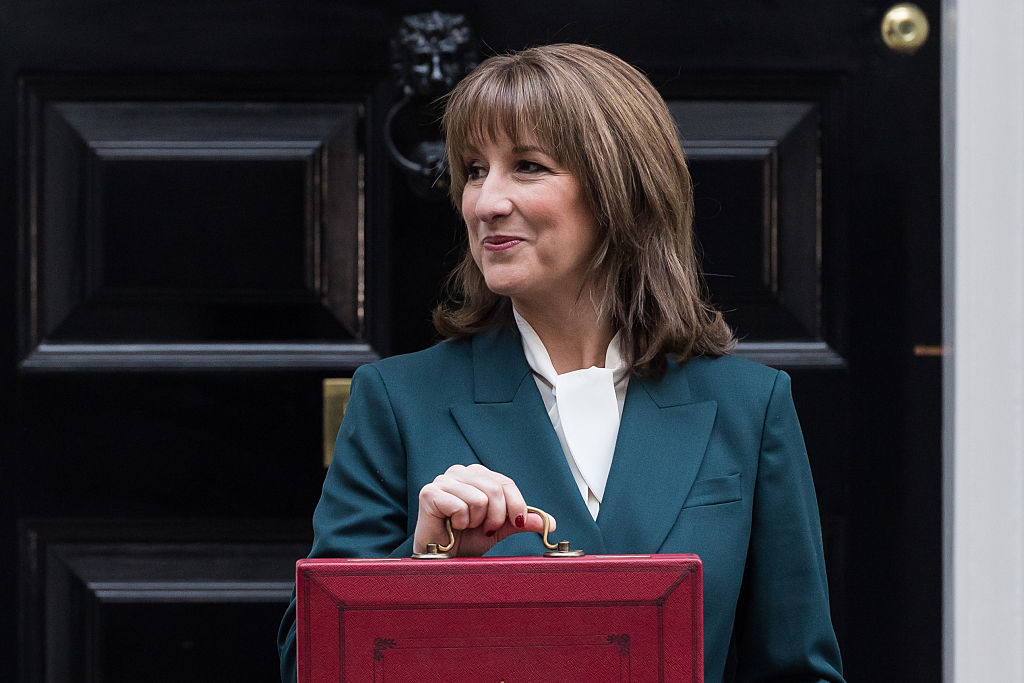How Next defied the odds and positioned itself as a British high-street staple
Next rose from a near-death experience and now thrives as a high-street staple. What's driving its success – and should you invest in the retailer?

Few companies embody the resilience of British retail quite like Next (LSE: NXT). From a near-collapse in the 1980s to becoming a high-street staple, Next has navigated seismic shifts in consumer behaviour, technology and economic cycles with remarkable agility. Under the stewardship of CEO Simon Wolfson, the company has transformed from a struggling chain into a multi-channel powerhouse, blending physical stores, a pioneering online platform and a logistics network so efficient it’s become a lifeline for other retailers. Its relentless focus on innovation, clear communication with investors and disciplined capital allocation have delivered exceptional returns for shareholders, bucking the trend of declining high-street footfall. Today, the shares of Next aren’t obviously cheap, but its record and growth prospects make it hard to bet against. For investors seeking a business that marries retail heritage with forward-thinking strategy, Next remains a compelling proposition.
In 1988, Next was teetering on the brink, with a share price below 10p and debts mounting. Over-ambition and a failure to focus on core strengths had left the company vulnerable. The turnaround began in the early 1990s under chairman David Wolfson and CEO David Jones. Jones closed unprofitable stores, sold manufacturing facilities and offloaded the Grattan business. A 1993 strategy unified store and catalogue shopping ranges, strengthening the Next brand.
However, a misstep in 1998, of ordering trendy, pricey clothing while understocking basics, dented profits. This underscored the need for disciplined execution. Enter Simon Wolfson in 2001, aged just 33. The son of former chairman David Wolfson, his appointment raised eyebrows. Yet Wolfson’s tenure now spans more than two decades, and he has silenced doubters, delivering one of the most impressive success stories in UK retail.
MoneyWeek
Subscribe to MoneyWeek today and get your first six magazine issues absolutely FREE

Sign up to Money Morning
Don't miss the latest investment and personal finances news, market analysis, plus money-saving tips with our free twice-daily newsletter
Don't miss the latest investment and personal finances news, market analysis, plus money-saving tips with our free twice-daily newsletter
Wolfson’s golden age as Next's CEO
Since Wolfson took the helm, Next’s share price has soared from around £8 to well over £100, a 12-fold increase. This is just part of the story. Next has also delivered an impressive dividend record, inclusive of occasional large special dividends. An investment in Next at the time of Simon Wolfson’s appointment 24 years ago would have increased in value by almost 30 times (including dividends), far outpacing that of the wider stock market. Wolfson’s leadership blends strategic vision with operational rigour. He prioritised consistency of the brand, cost control and customer satisfaction, ensuring Next’s clothing and homewares remained fashionable, high-quality and fairly priced. His candid, long-term approach to capital allocation has been a hallmark. Unlike peers constrained by legacy commitments, Wolfson views investments through the lens of incremental returns, unencumbered by institutional pressures. This flexibility has allowed Next to pivot swiftly, whether embracing e-commerce or weathering economic storms.
Next’s success stems from relentless investment in technology and improvement in processes, often yielding unexpected benefits. A prime example is Next’s use of individual barcodes for each item, initially introduced to streamline the returns process. Customers could return items quickly, boosting satisfaction and lowering staffing requirements and the wage bill. An unintended consequence was a sharp reduction in theft.
Thieves could no longer claim refunds on stolen goods, as barcodes tied each item to a specific purchase. This enhanced profitability without additional cost.
This knack for innovation extends to Next’s “omnichannel” strategy. The Next Directory, launched in 1988, gave the company a head start in mail-order retail, positioning it to embrace e-commerce seamlessly. By 2001, Next was the only major UK clothing retailer profiting from online sales, helped by its early adoption of technology allowing customers to order in store, while competitors such as Marks & Spencer lagged. The Directory’s infrastructure – warehouses, delivery networks and customer data – became the backbone of Next’s online platform. Today, online sales account for almost two-thirds of revenue, with physical stores contributing the remainder through more than 800 UK locations and more than 250 international franchises.
Next’s “bricks and clicks” model integrates physical and digital channels seamlessly. Stores double as return hubs, click-and-collect points and mini-warehouses for online orders, reducing delivery costs. This approach mitigates the high return rates (up to 30%) typical in online apparel by making returns convenient. Wolfson’s decision to embrace rather than suppress returns has built loyalty among customers, with stores facilitating efficient processing. The result is a defensible advantage over pure online rivals reliant on subsidised shipping.
While high-street footfall has plummeted – down 20% on a like-for-like basis since 2019 for many retailers – Next has bucked the trend. Its stores, strategically located and easy to access, drive impulse purchases, with browsers often buying more than planned. In 2024, Next reported full-year revenues of £6.1 billion, with online sales growing strongly and store sales holding steady. This resilience stems from Next’s ability to evolve. Since 2005, store sales have fallen from 77% to around a third, while digital sales have surged. Yet stores remain profitable, unlike many peers that have been forced to close locations en masse.
Next’s appeal lies in the strength of its brand and its adaptability. Its own-label clothing, complemented by third-party brands via the Label platform, offers choice and value. Homewares, now 21% of sales (up from 10% in 2005), have diversified revenue. Partnerships with brands such as Victoria’s Secret and Laura Ashley, plus a fashion start-up launched in 2025, keep the offering fresh. By maintaining quality and affordability, Next attracts a broad audience, from young families to professionals, defying the high-street malaise.
Next is Amazon for apparel
Next’s distribution prowess is a game-changer. Its logistics network, honed over decades, rivals Amazon’s in efficiency, making Next a “quasi-Amazon” for UK clothing retail. Investments in warehousing, IT and supply-chain management enable next-day delivery for 80% of online orders, with cut-offs as late as 10pm. This speed and reliability have drawn third-party retailers to Next’s Total platform, launched in 2020, which offers logistics, marketing and customer-credit services. Brands such as Reiss and JoJo Maman Bebe now piggyback on Next’s infrastructure.
This platform strategy transforms Next from a retailer into an operating system, leveraging its 458 UK stores, 267 international franchises and global websites. Overseas sales, particularly in Europe and the Middle East, grew by double digits in 2023, reflecting high returns on marketing investments. By opening its platform to rivals, Next has created a new revenue stream while reinforcing its logistical dominance, an advantage few competitors can match. As with so much else, Next is the innovator in this area, which gives it the edge on the potential for driving greater returns from investment in third-party distribution agreements.
Next’s stock market updates are a masterclass in transparency, offering investors rare insight into its operations. Wolfson’s annual reports and trading statements are candid, detailing not just financials but strategic priorities, risks and consumer trends. For example, in 2021 Wolfson forecasted a shift to online dominance, predicting store sales would stabilise at 29% of revenue, a projection that proved accurate. This clarity builds trust. When the Covid pandemic hit, Next assumed the greatest risk was demand, not supply, and acted swiftly to bolster liquidity. Recent updates highlight a “healthier-than-expected” consumer economy, driven by pent-up demand and savings, reinforcing Next’s optimistic outlook. Investors benefit from this foresight, making Next a favourite among analysts and fund managers.
Next’s approach to capital allocation balances growth and shareholder returns. Operating margins of 20% and returns on capital of 50%-60% generate substantial cash flow, funding both reinvestment and payouts. Since 2000, Next has returned billions to shareholders, with an ordinary dividend yield regularly bolstered by special dividends in strong years.
When the shares have been cheap, the company has proactively bought its own shares and cancelled them, providing a significant increase in value per share. Since Simon Wolfson’s appointment, the share count has fallen by two-thirds, increasing the value of each share threefold in the process. By reducing the share count, Next has boosted earnings per share, contributing to its 13-fold increase in earnings per share since Wolfson took over. Buybacks are paused during crises such as the one in 2020, but resume when cash flow stabilises, reflecting Wolfson’s pragmatism. Investments prioritise long-term returns over short-term gains.
Paying a premium for Next
Next is currently trading at a value premium to the market and its own history. This reflects Next’s quality, but raises questions about value. The stock isn’t cheap, yet it is a business that has consistently and demonstrably become more valuable over time, perhaps justifying this premium. Other companies with such a large national footprint as Next would be seen as mature, but Next keeps finding new ways of becoming a bigger and more profitable enterprise. It continues to leverage its technological and operational excellence to become an increasingly vital part of retail infrastructure to many companies selling in the UK.
Risks remain. A consumer slowdown could hit discretionary spending, although Next’s affordable pricing offers resilience. Infrastructure costs for digital growth and staffing expenses strain margins, although this sort of investment is arguably a crucial component of Next’s long-term success. Wolfson is still only in his 50s, but questions about succession are beginning to be raised and few would bet that a successor could replicate his tremendous success. Online competition, such as from Shein, threatens market share, although Next’s brand, quality and logistics do provide a buffer.
Next’s strengths outweigh these concerns. Analysts project continued real annual revenue growth, driven by online expansion, third-party partnerships and international markets. The company’s ability to innovate makes it a unique retail play in the UK.
It is run by perhaps one of the best CEOs, if not the best, in recent British corporate history, and has such strong fundamentals that even when the current CEO chooses to retire, it will surely remain one of the best companies in the UK. Next isn’t a bargain, but it’s hard to bet against a company that’s consistently outmanoeuvred competitors for three decades. In a world where high-street giants falter, Next continues to make big strides.
This article was first published in MoneyWeek's magazine. Enjoy exclusive early access to news, opinion and analysis from our team of financial experts with a MoneyWeek subscription.
Get the latest financial news, insights and expert analysis from our award-winning MoneyWeek team, to help you understand what really matters when it comes to your finances.
Jamie is an analyst and former fund manager. He writes about companies for MoneyWeek and consults on investments to professional investors.
-
 My 6.5% Nationwide regular saver is due to mature - what are my options?
My 6.5% Nationwide regular saver is due to mature - what are my options?Nationwide’s 6.5% regular saver is due to mature for those who opened one last year. Here is what you can do now to make the most of your savings
-
 Leading European companies offer long-term growth
Leading European companies offer long-term growthOpinion Alexander Darwall, lead portfolio manager, European Opportunities Trust, picks three European companies where he'd put his money
-
 Leading European companies offer long-term growth prospects
Leading European companies offer long-term growth prospectsOpinion Alexander Darwall, lead portfolio manager, European Opportunities Trust, picks three European companies where he'd put his money
-
 How to harness the power of dividends
How to harness the power of dividendsDividends went out of style in the pandemic. It’s great to see them back, says Rupert Hargreaves
-
 Why Trustpilot is a stock to watch for exposure to the e-commerce market
Why Trustpilot is a stock to watch for exposure to the e-commerce marketTrustpilot has built a defensible position in one of the most critical areas of the internet: the infrastructure of trust, says Jamie Ward
-
 Tetragon Financial: An exotic investment trust producing stellar returns
Tetragon Financial: An exotic investment trust producing stellar returnsTetragon Financial has performed very well, but it won't appeal to most investors – there are clear reasons for the huge discount, says Rupert Hargreaves
-
 How to capitalise on the pessimism around Britain's stock market
How to capitalise on the pessimism around Britain's stock marketOpinion There was little in the Budget to prop up Britain's stock market, but opportunities are hiding in plain sight. Investors should take advantage while they can
-
 London claims victory in the Brexit wars
London claims victory in the Brexit warsOpinion JPMorgan Chase's decision to build a new headquarters in London is a huge vote of confidence and a sign that the City will remain Europe's key financial hub
-
 Reinventing the high street – how to invest in the retailers driving the change
Reinventing the high street – how to invest in the retailers driving the changeThe high street brands that can make shopping and leisure an enjoyable experience will thrive, says Maryam Cockar
-
 The consequences of the Autumn Budget – and what it means for the UK economy
The consequences of the Autumn Budget – and what it means for the UK economyOpinion A directionless and floundering government has ducked the hard choices at the Autumn Budget, says Simon Wilson